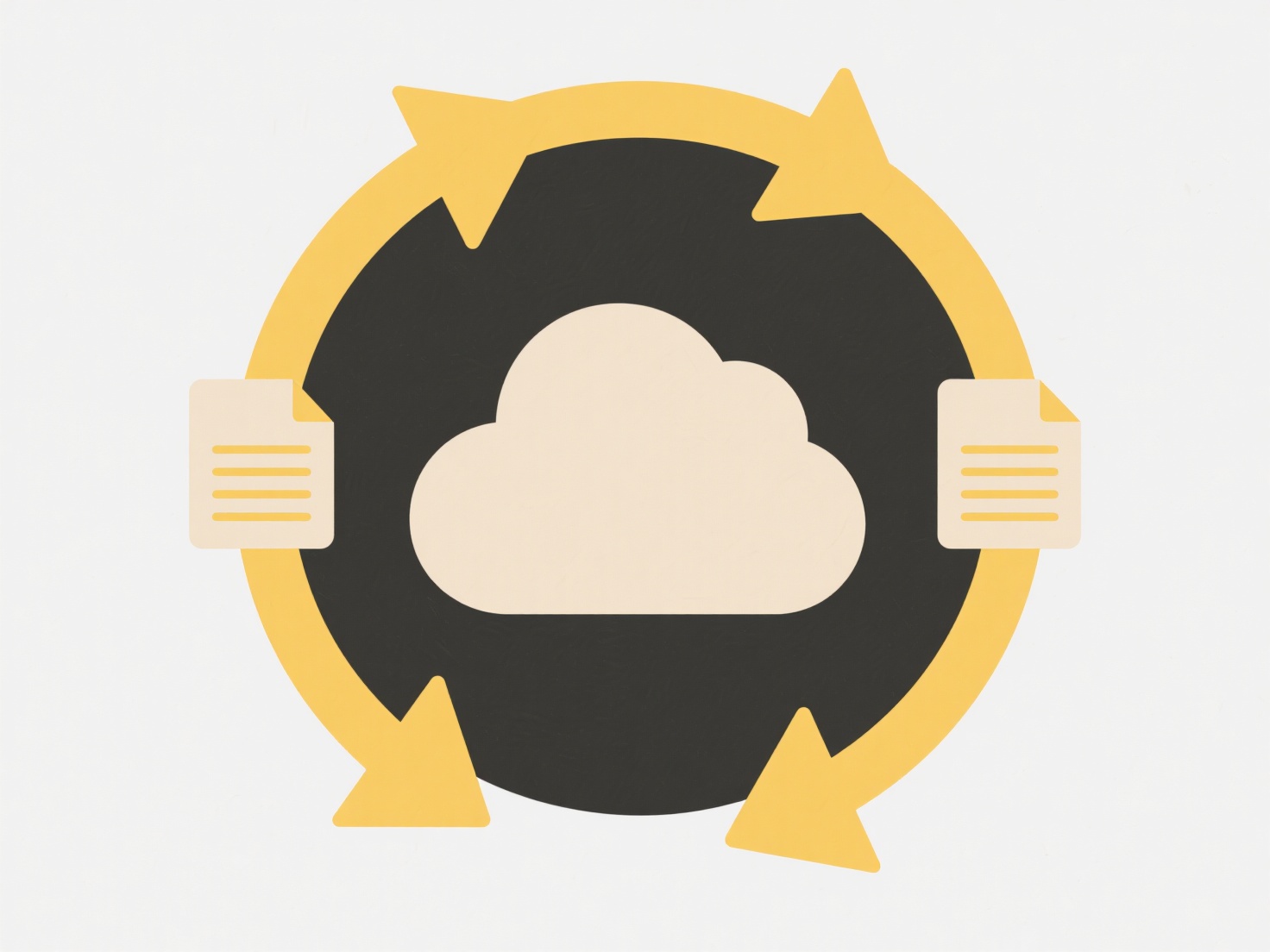
Managing audio or video production files involves organizing, storing, securing, and tracking media assets throughout the entire project lifecycle, from raw footage or recordings to final deliverables. This means implementing consistent naming conventions, folder structures, and version control to easily locate specific files, differentiate between revisions, and track their status (e.g., raw, edited, approved). It requires using dedicated storage solutions and backup strategies to protect valuable data. Essentially, it’s the systematic way to prevent chaos and loss amidst the large volumes of data generated.
For example, a film post-production team uses a Digital Asset Management (DAM) system to catalog raw camera footage, visual effects shots, and audio stems, enabling editors and artists to find and collaborate on specific assets efficiently. Similarly, a podcast producer might organize interview recordings, music clips, and show notes within cloud storage (like Dropbox or Google Drive) using clear folders by episode number and date, often integrated directly within their editing software like Adobe Audition or Pro Tools.

Effective management saves significant time and frustration, minimizes data loss through redundancy (like RAID storage + cloud backup), and streamlines collaboration. However, it demands upfront planning to establish rules and consistent effort to maintain them, often requiring investment in suitable storage infrastructure (NAS/SAN) and sometimes specialized DAM software which has costs. Ethical considerations involve data privacy, especially for unreleased content. Future developments include AI-powered auto-tagging to ease organization and cloud-based collaborative workflows becoming the standard, making robust management essential for innovation and efficiency.
How do I manage audio or video production files?
Managing audio or video production files involves organizing, storing, securing, and tracking media assets throughout the entire project lifecycle, from raw footage or recordings to final deliverables. This means implementing consistent naming conventions, folder structures, and version control to easily locate specific files, differentiate between revisions, and track their status (e.g., raw, edited, approved). It requires using dedicated storage solutions and backup strategies to protect valuable data. Essentially, it’s the systematic way to prevent chaos and loss amidst the large volumes of data generated.
For example, a film post-production team uses a Digital Asset Management (DAM) system to catalog raw camera footage, visual effects shots, and audio stems, enabling editors and artists to find and collaborate on specific assets efficiently. Similarly, a podcast producer might organize interview recordings, music clips, and show notes within cloud storage (like Dropbox or Google Drive) using clear folders by episode number and date, often integrated directly within their editing software like Adobe Audition or Pro Tools.

Effective management saves significant time and frustration, minimizes data loss through redundancy (like RAID storage + cloud backup), and streamlines collaboration. However, it demands upfront planning to establish rules and consistent effort to maintain them, often requiring investment in suitable storage infrastructure (NAS/SAN) and sometimes specialized DAM software which has costs. Ethical considerations involve data privacy, especially for unreleased content. Future developments include AI-powered auto-tagging to ease organization and cloud-based collaborative workflows becoming the standard, making robust management essential for innovation and efficiency.
Quick Article Links
Are file path lengths more limited in cloud storage?
File path length limits in cloud storage services typically stem from two sources: the underlying local file system and ...
Can a file have the wrong extension but still open correctly?
A file extension serves as a suggested label indicating the file's format, but it doesn't define the file's actual data ...
Can I rename files in Notion, Airtable, or other apps?
Renaming files differs in cloud-based tools like Notion or Airtable compared to desktop file managers. In these apps, "f...